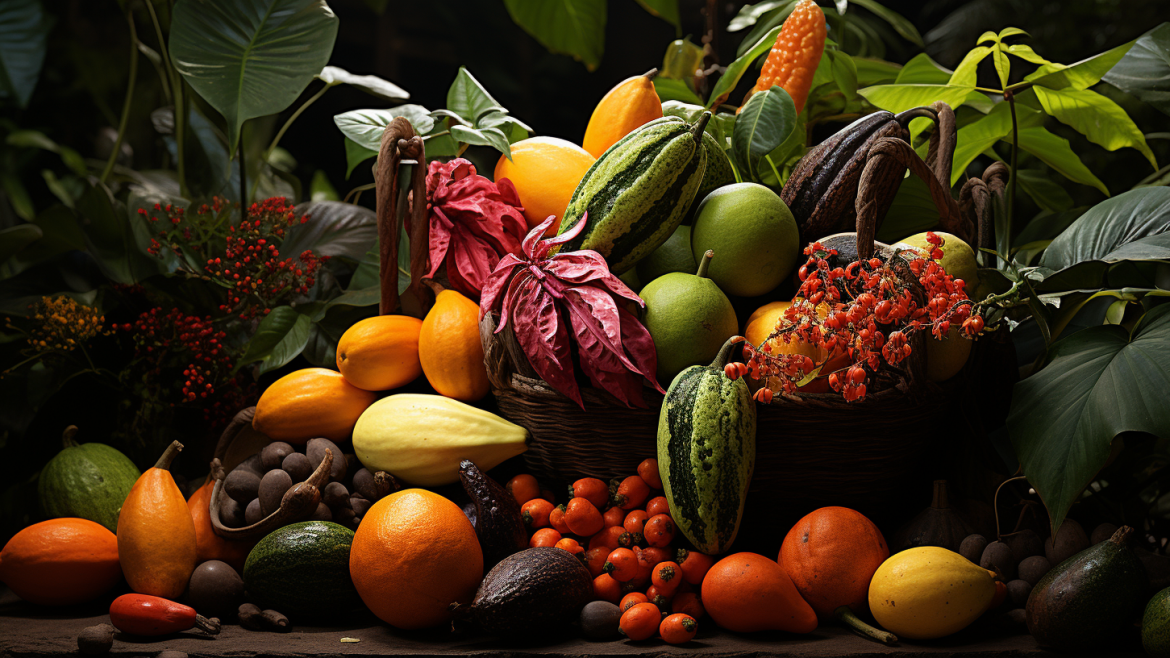The Mayan civilization held certain crops in high esteem, not only for their nutritional value but also for their cultural significance. Among these crops, cacao, corn, and other staples such as beans and squash played a pivotal role in the daily lives of the Mayan people. Understanding the importance of these crops provides a glimpse into the rich tapestry of Mayan culture and its deep connection with agriculture.1 2 3
Cacao, known as the “food of the gods,” held a special place in Mayan society. The beans were used to produce a bitter, frothy beverage consumed by the elite during rituals and ceremonies. Cacao also served as a form of currency, with beans being traded for other goods and services. The Mayans believed that cacao had divine origins, and its production and consumption were deeply intertwined with their religious practices. The reverence for cacao extended to the planting and cultivation processes, which were carried out with great care and attention to detail.4 5
Corn, or maize, was the backbone of the Mayan diet and was considered a sacred crop. It was consumed in various forms, such as tortillas, tamales, and beverages like atole. Mayan mythology featured corn prominently, with the Popol Vuh, a sacred text, describing the creation of humans from corn dough. This deep connection with corn can also be seen in the Mayan term for people, “corn men,” highlighting the crop’s essential role in their culture and identity.6 7 8
Other staple crops, such as beans and squash, were also vital components of the Mayan diet. Beans provided a rich source of protein, while squash, including pumpkins and zucchinis, offered essential vitamins and minerals. These crops were often grown together using a technique known as the “Three Sisters” planting method, which involved planting corn, beans, and squash in the same plot. This approach allowed for mutual support and symbiotic relationships among the plants, resulting in higher yields and healthier crops.9 10
As we continue to explore Mayan agriculture, we’ll delve into the innovative slash-and-burn farming and agroforestry techniques they used to make the most of their diverse landscapes. These approaches showcase the Mayans’ adaptability and resourcefulness in overcoming the challenges of their environment, and they offer valuable insights for modern gardening practices.




